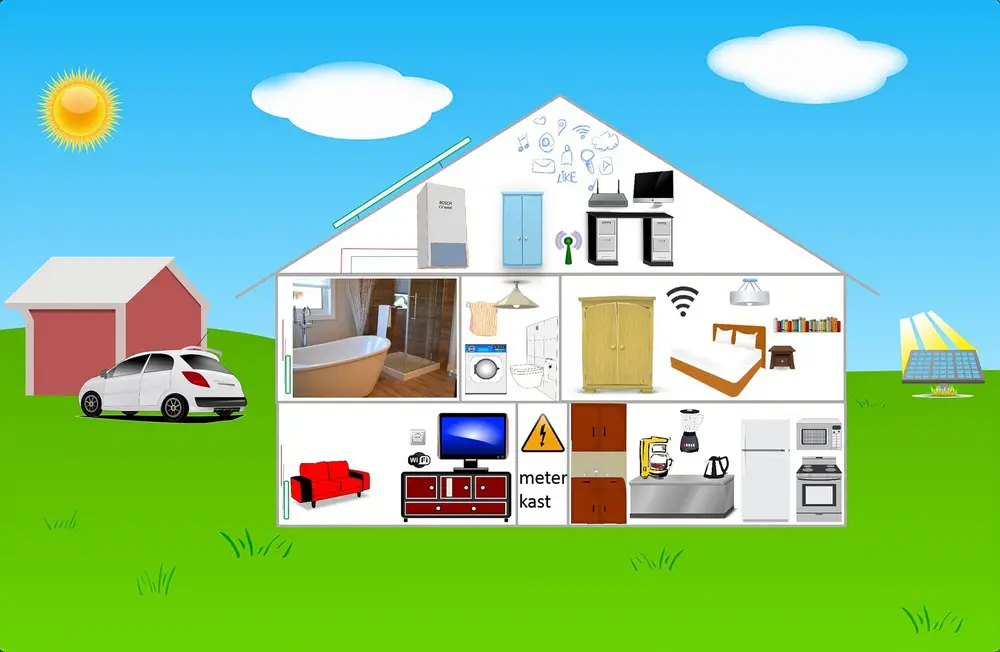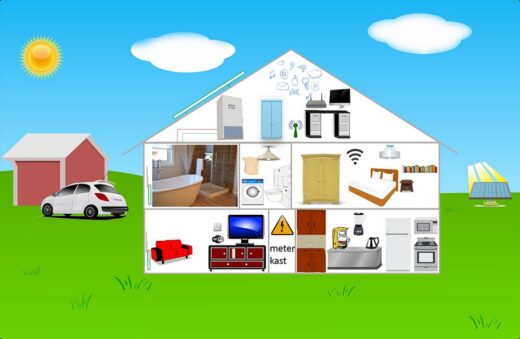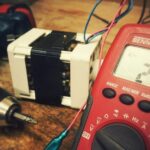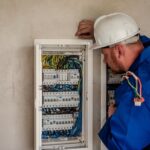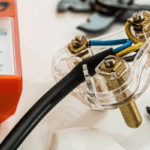How to deal with an electrical emergency in your home, Residential project, London property electrics advice
Deal with an Electrical Emergency in Your Home
20 Aug 2022
There is a range of possible electrical crises that can affect residents in Sydney. Some may be minor inconveniences, while others can offer genuine threats to the health and safety of the residents. It is crucial to know what to do in an electrical emergency and how to handle it securely. Sydney electrician supplies you with some important advice before you seek up their speedy service.
When dealing with major concerns, such as out-of-control electrical fires or considerable damage to electrical wiring, it is usually best to call in expert professionals. Unless you know what you are doing and have qualifications in electrical work, it is preferable to make the electrics as safe as possible and evacuate the area until a professional has tested it.
Shut Off the Lights
In the event of an electrical emergency, turning off the power is the first thing to do. As an example, if an appliance is malfunctioning, you could try unplugging it from the wall and turning it off. If the issue is with the electricity itself, you should utilize the fuse box to cut power to the area. Turning off the power at the fuse box should stop any electrical current and make the emergency less serious until an electrician can come look at the problem.
Check the Source
Most power outages in homes are caused by tripped circuit breakers. When outlets are being used too much, it’s not unusual for their circuit breakers to trip. Make sure you don’t have too many things plugged into one wall outlet or extension cord. If this is the case, you will need to turn off each appliance separately and reconnect them when the power comes back on.
See if the Breaker or Wiring Is Bad
There could be faulty wiring if the blackout wasn’t caused by an overloaded circuit. Thus, make sure the wires are not frayed or damaged. In any event, the outage could be due to power fluctuations or a faulty breaker. To be sure, hiring an electrician to reset the circuit breaker without expertise could be tough.
Leave All Residents of The Property
It is crucial to ensure that you and any other inhabitants of your home are evacuated in the case of an electrical emergency. The safety of the locals can be ensured, and risks reduced in this way. After cutting off the electricity and putting a fire under control, the next action should be evacuation if at all practicable.
Sustain a Safe Distance of 40 Feet
When a power line falls, it doesn’t always mean it’s dead. To avoid any catastrophe, maintain a distance of at least 40 feet from the power line. Also, make sure there are no electrical hazards such as puddles, metal fences, or automobiles.
Spend In a Fire Extinguisher
Every year, electricity and technological devices are responsible for almost 20,000 house fires in Sydney. There are several causes, but one of the most common is improper use of electrical appliances and wiring. Avoiding the dangers of overloaded outlets and regular appliance maintenance are also important parts of this.
Also, if you want to be ready in case of an electrical fire, buying a fire extinguisher is a smart move. You should study the various fire extinguishers and the many fires they can put out.
Alert the Fire Department
If you are unable to put out an electrical fire, you should immediately contact the fire department. The fastest way to seek help in an emergency is to dial 999 and ask for the fire department. Even if you want to go back into a burning building to save irreplaceable photos or family heirlooms, you should wait until the fire department says it is safe to do so.
Immediately contact an electrician for help.
In case of an electrical emergency, the best thing to do is to call a trained professional who can assess the situation and make the necessary repairs. Researching local electricians who provide emergency call-outs can help you be ready in the event of an unexpected power outage.
Make sure an electrician is registered with a professional organization and verifies their credentials before hiring them.
The Care of Victims
To stop the shock, the electricity must be cut off to the individual who is receiving it. Find the breaker or switch that will cut power, and flip it. A dry wood board, a piece of nonmetallic conduit, or a rubber electrical line can be used to pry or pull the victim off the circuit if the disconnecting mechanism cannot be located.
- Victims require rapid medical attention; if they are not breathing or have a pulse, CPR should be administered.
- A shocked victim who is still alive needs constant observation and care until medical professionals can arrive. Maintaining the victim’s core body temperature and comfort level will help mitigate the risk of physiological shock.
- Heart problems in shock sufferers might occur even hours after the first shock. The risk of death from electric shock does not go away even after emergency care has been provided.
Comments on this How to Deal with an Electrical Emergency in Your Home article are welcome.
Electrical Articles
Electrical / Electronics Posts
3 awesome things a smart plug can do
Everything about an EICR Certificate
5 signs your home electrical wiring needs an update
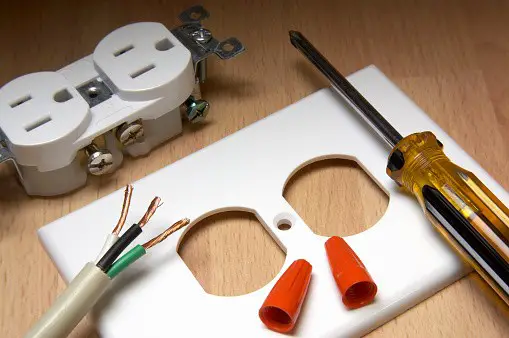
photo Courtesy of Pixabay.com
Understand About Home Electronics
Buildings
Residential Architecture
Comments / photos for the Deal with an Electrical Emergency in Your Home page welcome

